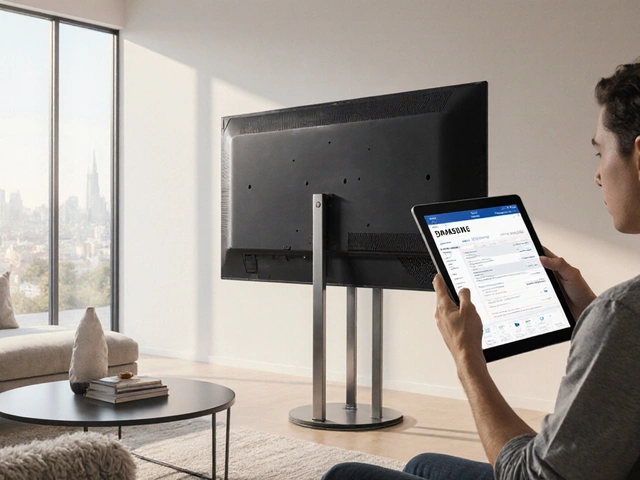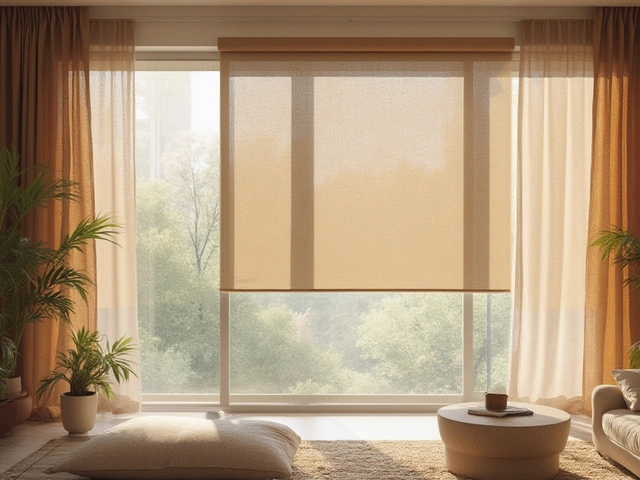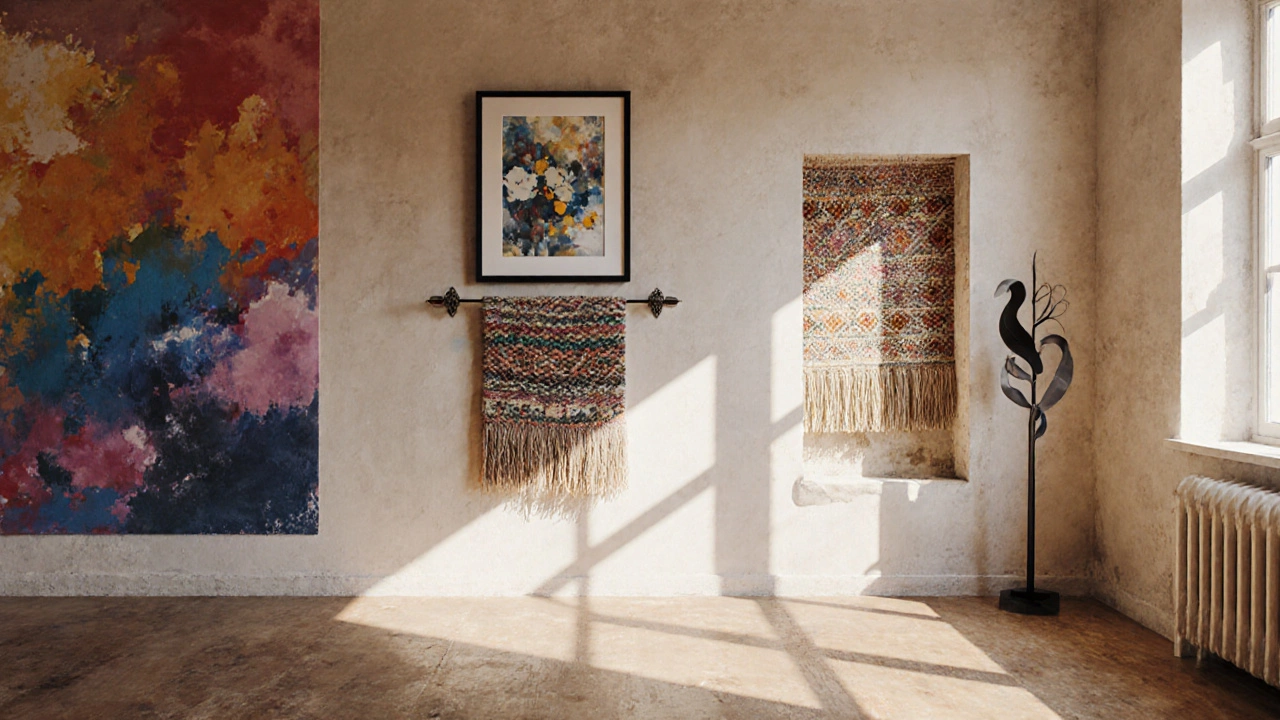
Wall Art Terminology Identifier
Recommended Term:
Ever walked into a room and wondered what to call that striking piece hanging on the wall? Knowing the right term not only helps you describe your space accurately, it also makes shopping, sharing ideas, and even SEO easier. Below we break down the most common names, their origins, and when each fits best.
Wall art is a decorative object mounted or displayed on interior walls, ranging from flat paintings to three‑dimensional installations. While the phrase is broad, many people use more specific words such as mural, canvas, tapestry, fresco, or print. Knowing the distinction can sharpen your interior‑design vocabulary and help you communicate clearly with sellers and designers.
wall art isn’t just a catch‑all; it’s a keyword that ties together a whole ecosystem of related concepts. Let’s explore each of those concepts, their key attributes, and real‑world examples.
Historical Roots of Wall Decoration
Humans have been embellishing walls for millennia. Early cave paintings served ritual purposes, while ancient Egyptian tombs featured intricate murals that told stories of the afterlife. In the Renaissance, frescoes-pigments applied to wet plaster-became the hallmark of grand public spaces. Fast forward to the modern era, and you’ll find a dizzying array of media, from printed canvas to digital LED panels. Understanding these origins helps you appreciate why the terms we use today carry specific connotations.
Key Terms and Their Attributes
Below is a quick‑reference comparison of the most frequently encountered wall‑art categories. The table includes the medium, typical installation method, common environments, and an example of a well‑known piece.
| Term | Medium | Installation | Typical Setting | Iconic Example |
|---|---|---|---|---|
| Mural | Paint or large‑scale printed vinyl | Directly applied to wall surface | Public spaces, large rooms | Diego Rivera’s Detroit Industry Murals |
| Canvas | Stretched canvas with acrylic/oil paint | Hanging on hooks or easels | Living rooms, galleries | Van Gogh’s Starry Night (reproductions) |
| Tapestry | Woven textile | Mounted on rods or canvas frames | Bedrooms, heritage homes | The Bayeux Tapestry (replicas) |
| Fresco | Pigment mixed with water on wet plaster | Painted directly onto plaster | Historic churches, museums | Michelangelo’s Sistine Chapel ceiling |
| Ink on paper or canvas, often mass‑produced | Framed or mounted | Home offices, studios | Andy Warhol’s Marilyn Diptych (prints) | |
| Sculpture | 3‑D material such as metal, wood, or resin | Wall‑mounted brackets or recessed niches | Contemporary lofts, galleries | Auguste Rodin’s The Thinker (wall version) |
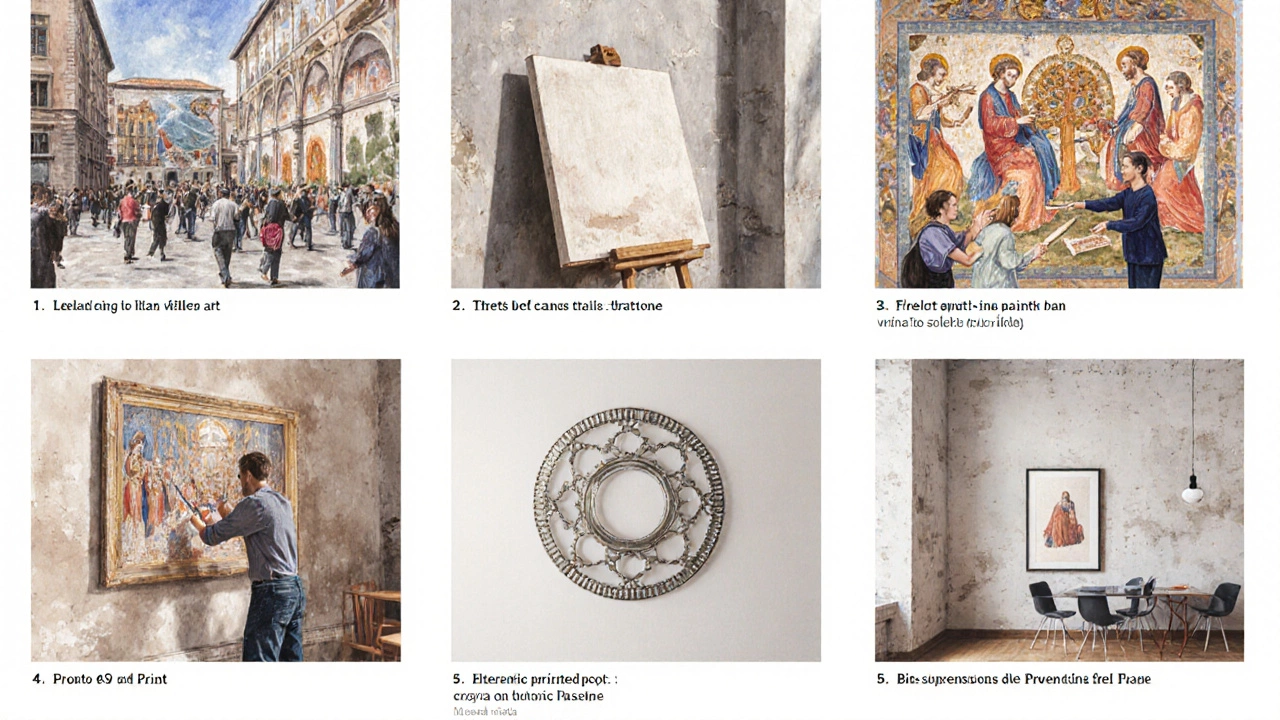
Choosing the Right Word for Your Project
When you describe a piece to a contractor, a decorator, or an online marketplace, clarity matters. Follow this quick decision flow:
- Is the piece painted directly on the wall surface? Use mural or fresco (the latter if wet plaster is involved).
- Is it a framed or stretched fabric that can be moved? Call it canvas or tapestry depending on material.
- Does it consist of printed images or reproductions? Print is the safest term.
- Is it three‑dimensional? Sculpture or wall sculpture works.
- Still unsure? The umbrella term wall art covers everything without misleading anyone.
Using the most precise term not only improves communication but also helps search engines route your query to the right product pages.
Impact on Home‑Decor SEO
Search engines treat synonyms differently. A user searching “large wall mural” is likely after a paint‑on‑wall service, while “canvas wall art” points to ready‑made prints. When you write product titles or blog posts, sprinkle the exact term that matches common user intent. For example:
- “Hand‑painted murals for dining rooms” - targets service‑oriented searches.
- “Premium canvas wall art - abstract prints” - captures e‑commerce traffic.
- “Vintage tapestry wall decor for bedrooms” - taps niche decor seekers.
Balancing the umbrella wall art phrase with specific terms maximizes visibility across the search funnel.
Common Pitfalls and How to Avoid Them
Even seasoned decorators slip up. Here are the top mistakes and quick fixes:
- Calling a printed canvas a mural. Murals are built‑in; canvases are hangable. Rename the item in listings to prevent returns.
- Mislabeling a tapestry as a rug. Rugs lie on floors; tapestries hang. Clear photos and dimensional specs solve the confusion.
- Overusing “art” for functional items. A wall clock with decorative graphics is still a clock, not wall art. Keep functional descriptors separate.
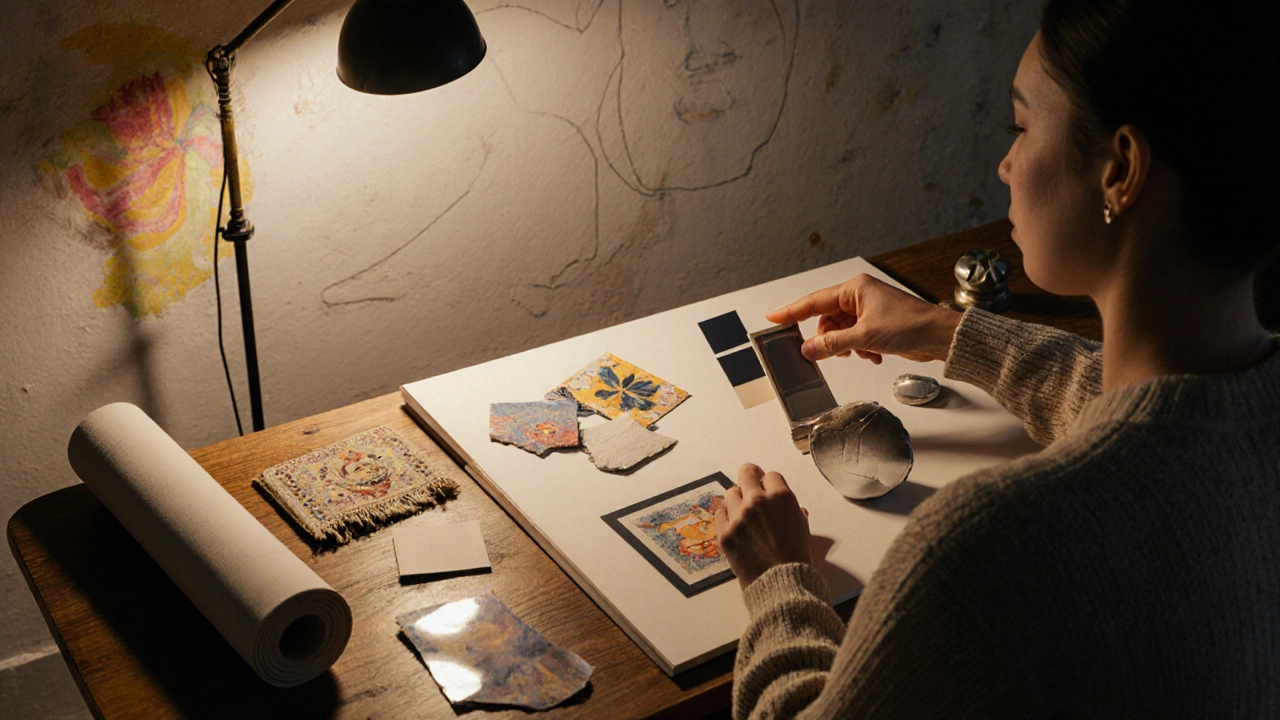
Quick Checklist for Naming Your Wall Piece
- Identify the material (paint, fabric, paper, metal).
- Determine permanence (permanent wall‑applied vs. removable).
- Assess dimensionality (flat vs. 3‑D).
- Match the term to common search queries.
- Update product titles, tags, and alt‑text accordingly.
Related Concepts Worth Exploring
Understanding interior design principles can further inform your terminology choices. Color theory, scale, and focal points all interact with wall decorations. Likewise, broader home decor trends-like biophilic design or maximalism-often dictate which wall‑art styles thrive in a given year.
Frequently Asked Questions
Is a framed picture considered wall art?
Yes. Any framed photograph, painting, or print that hangs on a wall falls under the broad category of wall art. The specific term you use-picture, print, or canvas-depends on the medium and framing style.
Can a mural be temporary?
Traditional murals are permanent, but today many artists use removable vinyl or projection techniques that mimic murals without altering the wall surface. In those cases, calling it a “removable mural” clarifies intent.
What’s the difference between a tapestry and a rug?
A tapestry is woven for hanging on walls and typically features intricate designs meant to be viewed from a distance. A rug is a floor covering, often thicker and designed for foot traffic.
How should I describe a 3‑D wall sculpture in an online listing?
Start with the material (e.g., “metal wall sculpture”), mention the dimensions, and include the phrase “wall‑mounted” to highlight installation method. Adding “contemporary” or “industrial” further targets style‑specific shoppers.
Are prints considered original art?
Prints are reproductions of an original work. They are valued for accessibility and affordability, but they are not “original” in the sense of a hand‑painted piece. Use the term “limited‑edition print” if the run is small to convey exclusivity.

